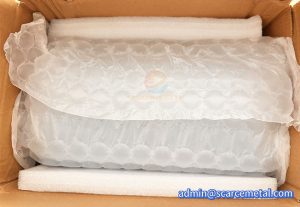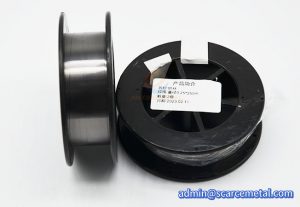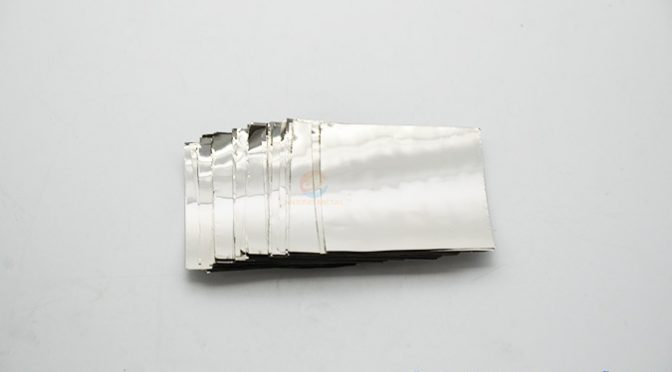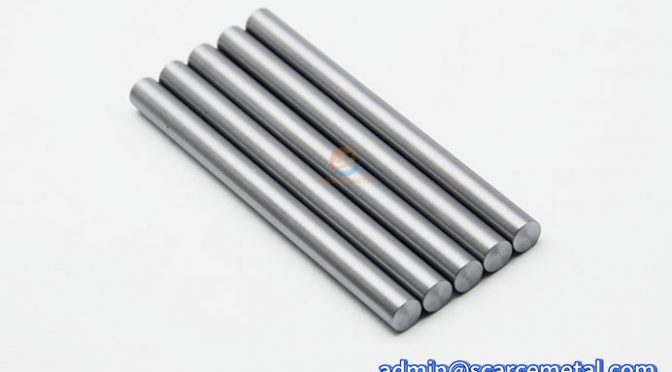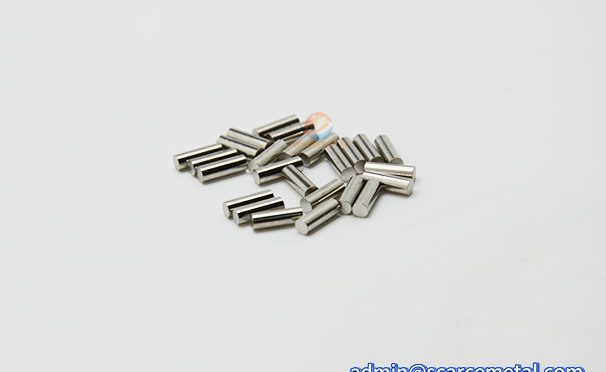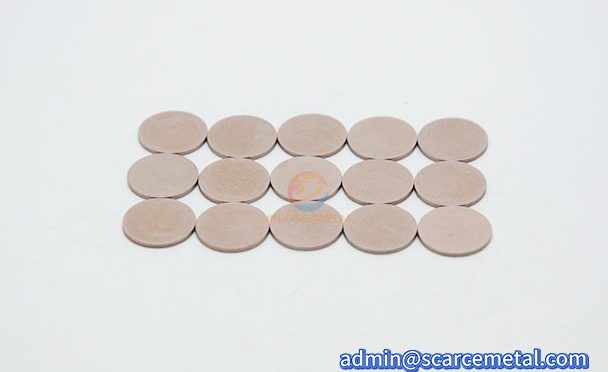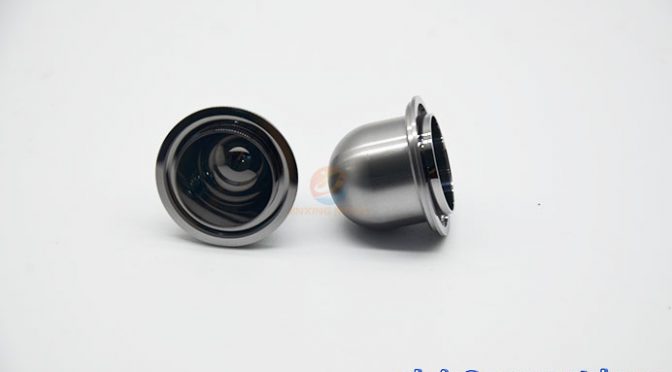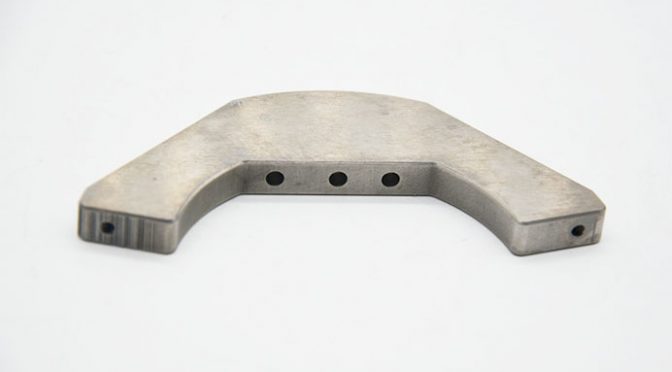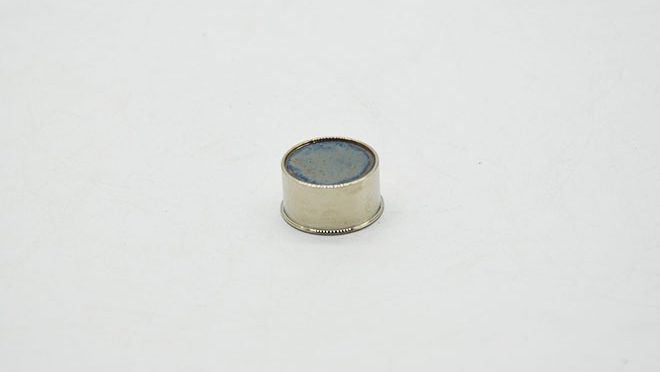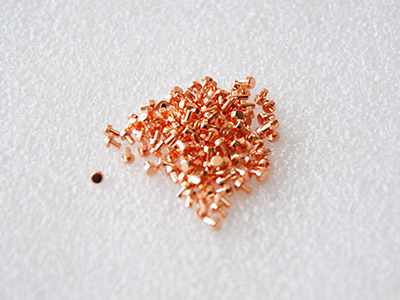Tantalum Wire (Ta Wire)
Overview
Tantalum Wire (Ta Wire) is a filamentary material made from high-purity tantalum powder through powder metallurgy or smelting methods. It exhibits a high melting point, strong corrosion resistance, excellent biocompatibility, and high conductivity. It is widely used in the electronics industry (such as anode leads for tantalum electrolytic capacitors), chemical equipment, medical implants, and high-temperature aerospace components. Please feel free to contact us by email for detailed product pricing information.
Tantalum Features
- Physical Properties: High density; high melting point; low thermal expansion coefficient; good ductility.
- Chemical Properties: Excellent corrosion resistance; resistant to all inorganic and organic acids; resistant to seawater corrosion.
- Mechanical Properties: Tensile strength of 400-1000 MPa; excellent plasticity.
- Electrical Properties: A dense, stable, and highly dielectric amorphous oxide film forms on the surface.
- Biological Properties: High affinity with human tissue; no adverse reactions after implantation.
Application
1. Electronic Components
- Tantalum Electrolytic Capacitor Anode Wire: This is the primary application of Tantalum Wire (Ta Wire), accounting for over 80% of its use in the electronics sector. High-purity tantalum wire is drawn into ultra-fine filaments with a diameter of 0.01-0.1mm. It serves as the "skeleton" of the capacitor anode, with an oxide film forming on the surface as a dielectric. This wire offers the advantages of high capacitance, low leakage current, and long life.
- Microelectronic Device Wire: Used as internal leads in micromotors and sensors (such as temperature/pressure sensors), protecting ordinary copper wire from oxidation failure in high-temperature or humid environments.
- Vacuum Electronic Devices: Used as filament supports for vacuum tubes and X-ray tubes, they withstand high-temperature vacuum environments without releasing impurities, ensuring the device's vacuum level.
2. High-Temperature Industrial Applications
- It can be made into heating filaments or furnace supports for use in vacuum sintering furnaces and sapphire growth furnaces. It can operate at temperatures up to 1600°C for extended periods without reacting with the heated material.
- The protective sleeve made of thermocouple can protect the thermocouple core in a high-temperature environment above 1000℃ and avoid being corroded by molten metal or corrosive gas; it also serves as a high-temperature compensation wire to reduce temperature measurement error.
3. Chemical Equipment
- Welded into thin-walled conduits, they are used to transport highly corrosive media such as concentrated nitric acid, aqua regia, and organic acids. They replace easily corroded stainless steel or titanium alloys and are commonly used in reactor feed and discharge pipes in pharmaceutical and fine chemical industries.
- Tantalum wire, woven into mesh or thin ribbons, is adhered to the inner walls of reactors or agitator shafts, forming a corrosion-resistant protective layer and extending equipment life.
4. Aerospace and Defense
- Tantalum-tungsten alloy wire is used to make sensor wires and fuel nozzle liners in engine combustion chambers. It withstands transient high temperatures and exhibits excellent creep resistance, preventing deformation and failure under high temperatures.
- It is used in power supply circuits for precision electronics within spacecraft, protecting against the extreme temperature differences in space.
- It is used as a micromotor wire in missile guidance systems and high-frequency signal transmission lines for radar equipment, ensuring signal stability in complex electromagnetic environments.
5. Medical Implants
- Pure tantalum wire is woven into mesh stents for fracture fixation and joint prosthesis coating. It has excellent compatibility with human bone tissue, prevents allergic reactions, and is resistant to body fluids, with a long-term implant lifespan of over 10 years.
- It is used in pacemaker electrode leads, stably transmitting electrical signals and resisting blood corrosion.
- It is used as an auxiliary fixation wire for dental implants, replacing the allergenic nickel-chromium alloy.
Dimension
|
Diameter range |
Purity grade (Ta content) |
High temperature tensile strength (MPa, 1000℃) |
Elongation (%, room temperature) |
Core corrosion resistance properties |
Typical Applications |
|
0.01-0.1mm |
≥99.99%(4N) |
180–220 |
15–25 |
Resistant to most acids and alkalis, with an extremely dense oxide film |
Tantalum capacitor anode wire, micro sensor |
|
0.1-1.0mm |
≥99.95%(3.5N) |
220–260 |
20–30 |
Resistant to conventional corrosion, cost-effective |
Electronic equipment wires, small heating elements |
|
1.0-10mm |
≥99.9%(3N) |
260–300 |
25–35 |
Industrial-grade corrosion resistance and high mechanical strength |
Chemical pipes, high-temperature furnace support components |
|
Grade |
Purity |
Production process |
Typical Applications |
|
R05200 |
≥99.95%(3.5N) |
Vacuum arc melting (VAR) or electron beam melting (EBM) |
Tantalum capacitor anode wire; medical implants; precision electronic equipment wire |
|
R05400 |
≥99.8%(2.8N) |
Powder Metallurgy Consolidation (PM) |
Chemical corrosion-resistant conduits; high-temperature furnace heating elements; general electronic equipment wires |
|
R05240 |
Ta-40Nb |
Vacuum melting (VAR/EBM) |
Aerospace lightweight structural parts (such as satellite brackets) – Nuclear reactor liquid sodium cooling system pipes |
Process
① High-purity tantalum powder (≥99.95%) is selected and blended to ensure uniform composition.
② The tantalum powder is cold isostatically pressed into billets, which are then sintered at high temperature in a vacuum furnace to form dense tantalum rods.
③ The sintered rods are rolled into square or circular tantalum bars, followed by annealing to eliminate work hardening.
④ The wire is gradually reduced in diameter using a multi-die continuous wire drawing machine until the target diameter is reached. During this process, the deformation rate must be controlled to avoid embrittlement.
⑤ The surface is pickled and polished to remove the surface oxide layer and adjust the mechanical properties.
⑥ Stringent quality inspections are performed, including dimensional accuracy, non-destructive testing, and mechanical properties.
Tantalum Wire (Ta Wire) Pictures
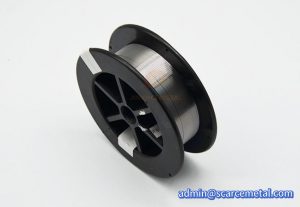
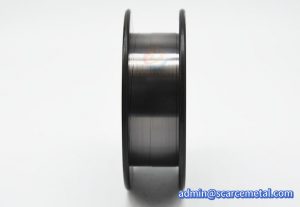
Packing
